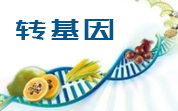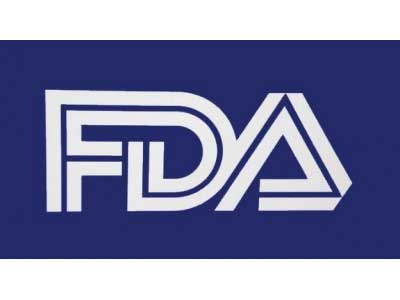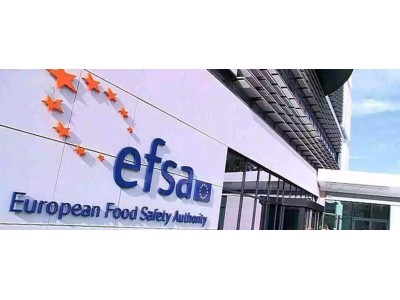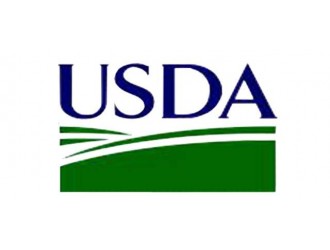йЈҹе“ҒдјҷдјҙзҪҗь/a>еҜјиҜ»пј?009е№?жң?ж—ҘпјҢ欧зӣҹйЈҹе“Ғе®үе…ЁеұҖеҸ‘еёғдёҖйЎ№еЈ°жҳҺз§°пјҢеңЁжҹҗдәӣж—©йӨҗйәҰзүҮдёӯз”ұе…өьa href='//www.sqrdapp.com/news/tag_89.html' class='zdbq' title='еҢ…иЈ…иўӢзӣёе…ійЈҹе“Ғиө„и®? target='_blank'>еҢ…иЈ…иўҠь/a>иҝҒ移еҮәзҡ„4-з”ІеҹәдәҢиӢҜз”Ій…®зү©иҙЁеҸҜиғҪдјҡжңүиҮҙзҷҢйЈҺйҷ©гҖҒь/p>
еҺҹж–ҮжҠҘйҒ“пјҡFollowing a request for rapid advice from the European Commission, the European Food Safety Authority (EFSA) has published a statement on the risks arising from the migration of the substance 4-methylbenzophenone from packaging into certain breakfast cereals[1].
Riitta Maijala, EFSAЎҜs Director of Risk Assessment, said: Ў°Although the migration of
4-methylbenzophenone from packaging into foods is not desirable, only in the highest exposure scenario considered[2] ЁC regular consumption of products contaminated at the highest levels reported so far ЁC could some children possibly be at risk. However, there are important limitations in our knowledge and understanding of 4-methylbenzophenone and further data and analysis would be needed to be able to fully assess its safety.Ўұ
Based on the limited exposure data available and applying knowledge on the toxicity of a similar substance, benzophenone, EFSA concluded that short term consumption of contaminated breakfast cereals should not pose a risk to most people. However, if the contamination of food through the use of 4-methylbenzophenone in printing inks for food packaging were to continue, more data would be needed in order to carry out a full risk assessment.
Due to the lack of data available, EFSA was not able to fully assess consumer exposure to
4-methylbenzophenone or its toxicological effects in humans. However, given its chemical structure and toxicity studies on benzophenone, EFSA concluded that 4-methylbenzophenone is likely to be a carcinogen but should not raise concerns with regard to genotoxicity (i.e. should not cause damage to DNA, the genetic material of cells).
The similarities between 4-methylbenzophenone and benzophenone did enable EFSA to do a preliminary risk assessment. This looked at the lowest levels at which benzophenone caused adverse effects in animal experiments and took into account uncertainties such as the lack of data on 4-methylbenzophenone and differences between animals and humans.
In response to a specific question from the Commission, EFSA concluded that there was not enough scientific evidence to be able to apply the previously established group TDI (Tolerable Daily Intake) for benzophenone and hydroxybenzophenone to 4-methylbenzophenone. EFSA is due to review the TDI for benzophenone and hydroxybenzophenone by the end of May 2009.
иҜҰжғ…и§Ғпјҡhttp://www.efsa.europa.eu/EFSA/efsa_locale-1178620753812_1211902360993.htm?WT.mc_id=EFSAHL01










 ең°еҢәпјҷь/font>
ең°еҢәпјҷь/font>


 欧зӣҹиҜ„дј°иҪ¬еҹәеӣ зҺүзұіMO
欧зӣҹиҜ„дј°иҪ¬еҹәеӣ зҺүзұіMO
 欧зӣҹиҜ„дј°дёҖз§ҚйәҰиҠҪзі–ж·Җ
欧зӣҹиҜ„дј°дёҖз§ҚйәҰиҠҪзі–ж·Җ зҫҺеӣҪжӢҹж’Өй”ҖиӢҘе№ІиӮүзұ»еҸүь/a>
зҫҺеӣҪжӢҹж’Өй”ҖиӢҘе№ІиӮүзұ»еҸүь/a> йІҒе…¬зҪ‘е®үеӨ 37060202000128еҸ¶ь/a>
йІҒе…¬зҪ‘е®үеӨ 37060202000128еҸ¶ь/a>



